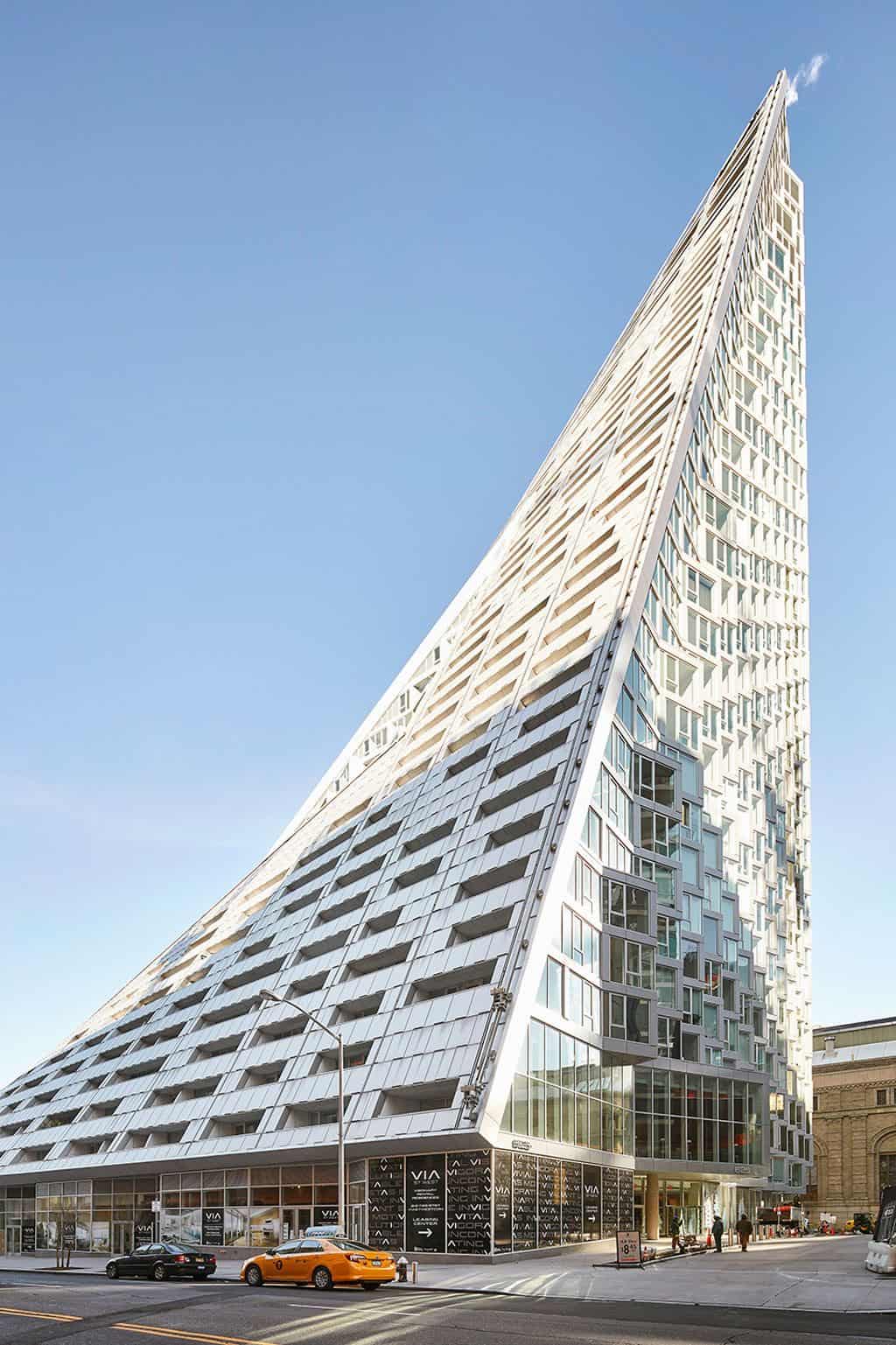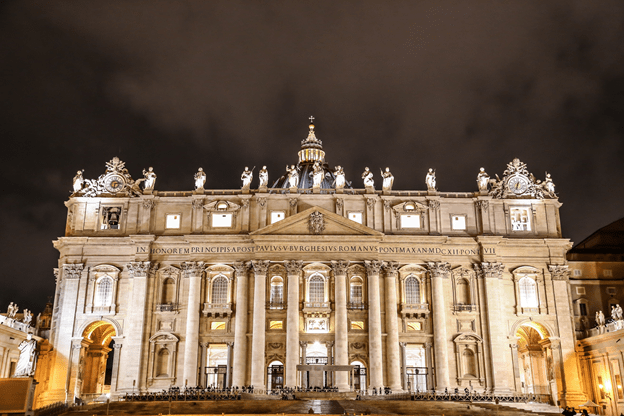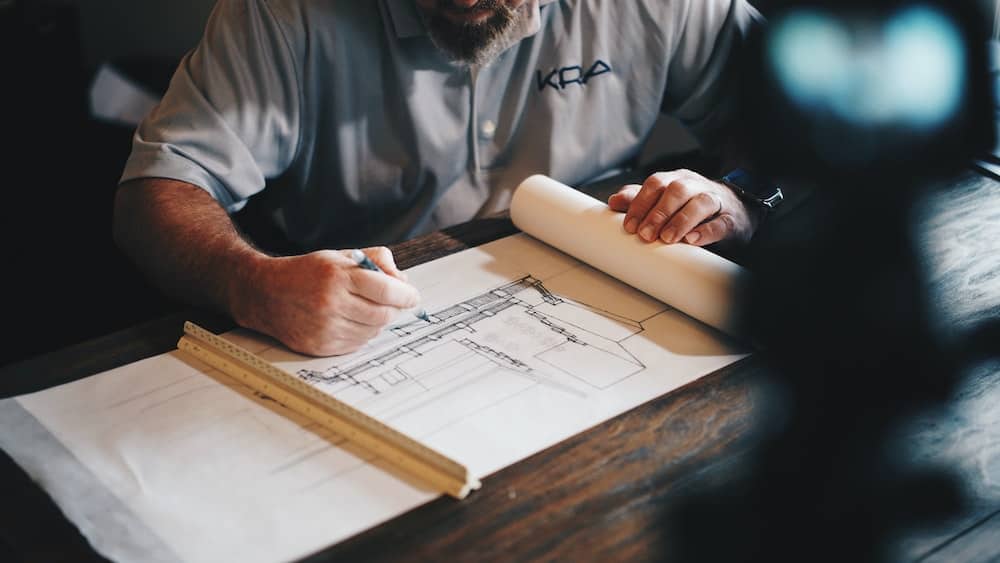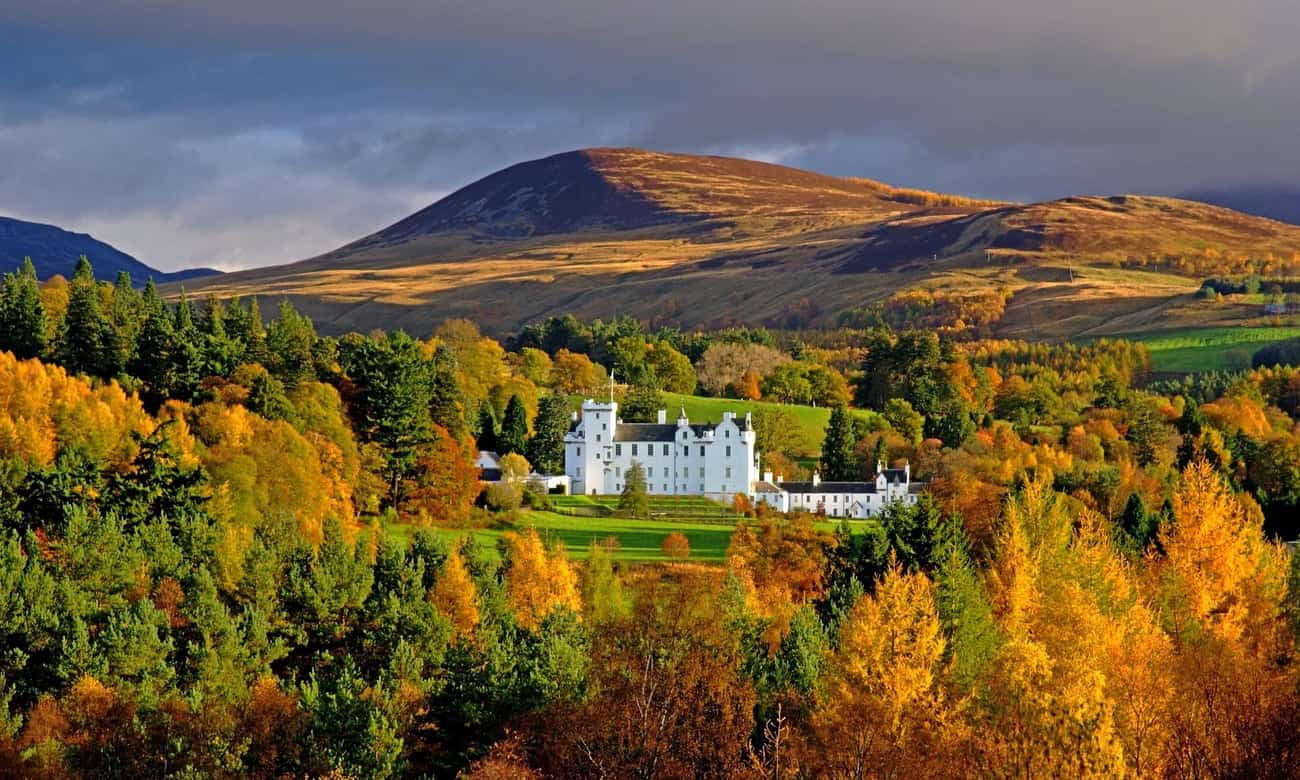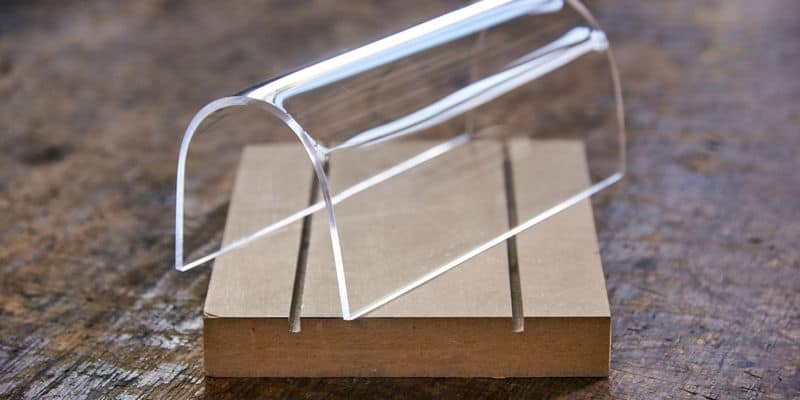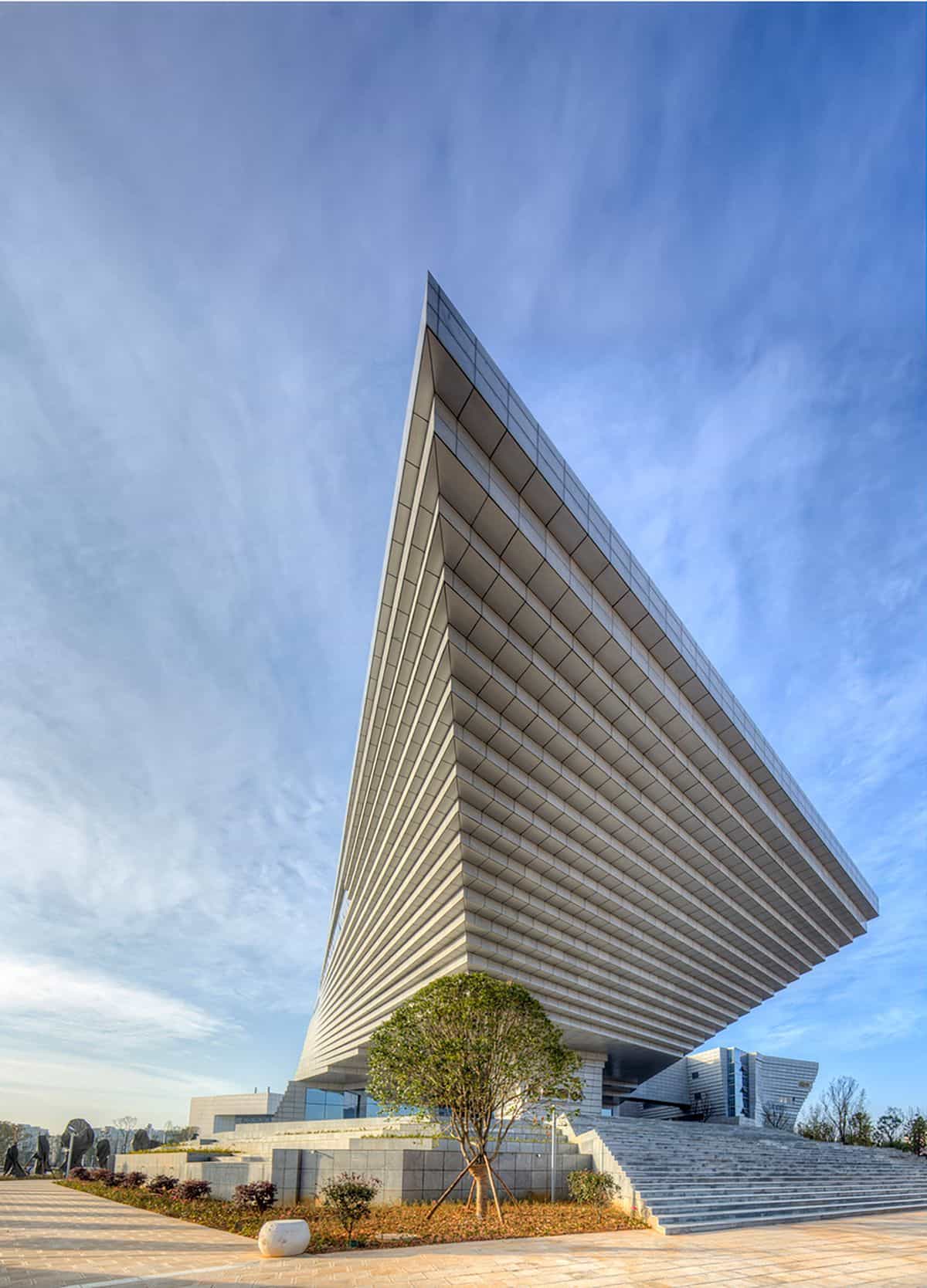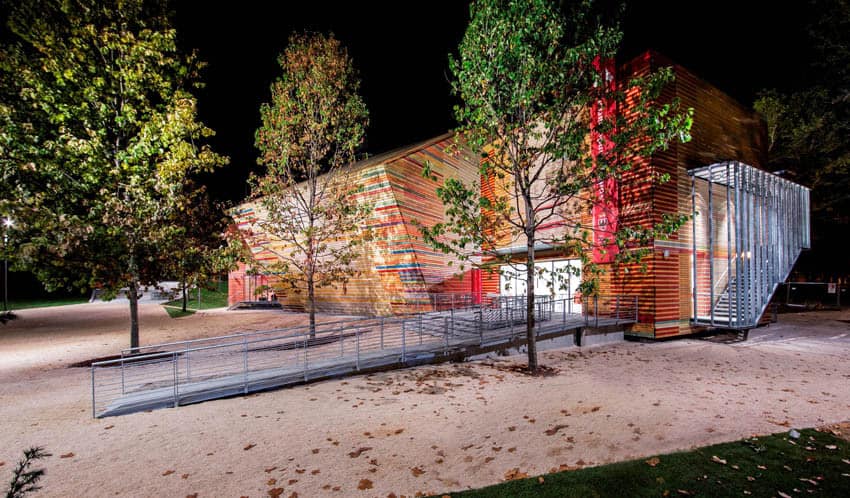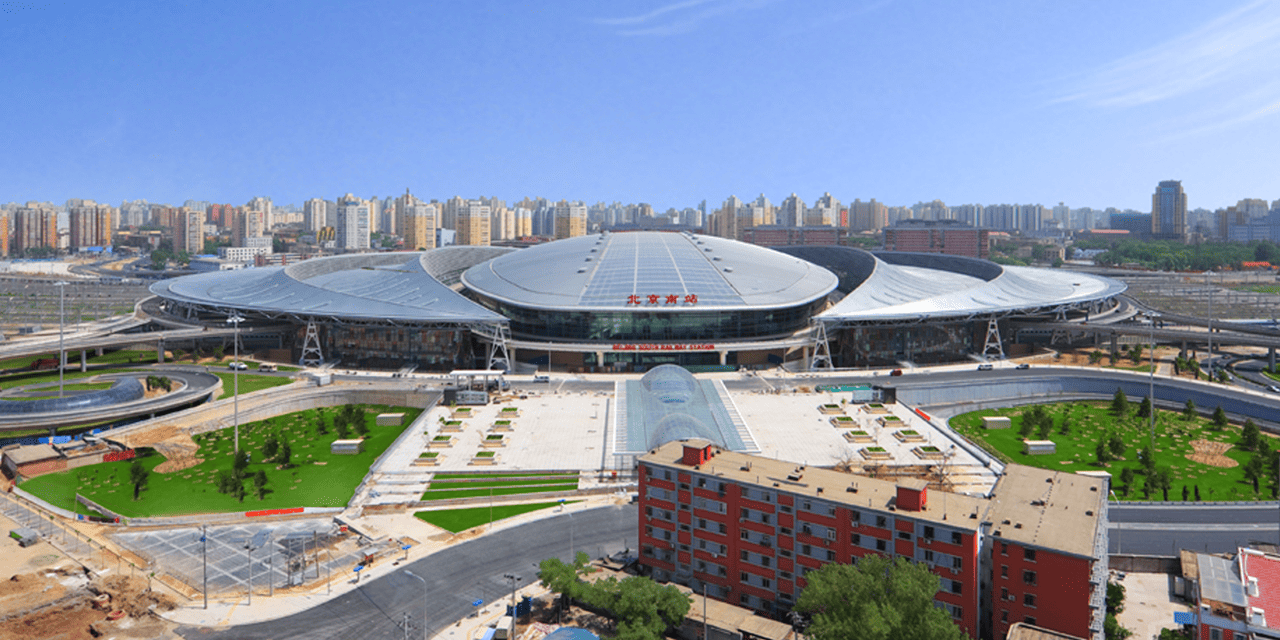Via 57 West is set to be BIG’s inaugural project in New York. As a hybrid between the European perimeter block and a traditional Manhattan high-rise, the development has a unique shape which combines the advantages of both: the compactness and efficiency of a courtyard building providing density, a sense of intimacy and security, with the airiness and the expansive views of a skyscraper. This is achieved by keeping three corners of the block low and lifting the north-east corner up towards its 142 metre peak, the courtyard opens views towards the Hudson River, bringing low western sun deep into the block and graciously preserving the adjacent Helena Tower’s views of the river.
The form of the building shifts depending on the viewer’s vantage point. While appearing like a pyramid from the West-Side-Highway, it turns into a dramatic glass spire from West 58th Street. The courtyard which is inspired by the classic Copenhagen urban oasis can be seen from the street and serves to extend the adjacent greenery of the Hudson River Park into the VIA 57 West development. This resulted to what Bjarke Ingels dubbed the “court-scraper” – a new typology birthed by the marriage of the two.
Classic to Bjarke Ingels Group‘s design process – the contextual problems of the site work in concert to create the solution. By having one side of the mixed use development constrained to the ground floor and the other raised exponentially; the design team was able to maintain views for the building to the posterior of the site; while having sunlight bathed into the building. It is this response that results in a sweeping concrete roof-line and a building that is sure to invigorate its immediate context.
The slope of the building allows for a transition in scale between the low-rise structures to the south and the high-rise residential towers to the north and west of the site. The highly visible sloping roof consists of a simple ruled surface perforated by terraces—each one unique and south-facing. The fish-bone pattern of the walls are also reflected in its elevations. Every apartment gets a bay window to amplify the benefits of the generous view and balconies which encourage interaction between residents and passers-by.
Project Information
Architect: Bjarke Ingels Group
Location: Manhattan, New York
Client: Durst Organisation
Partners-in-Charge: Bjarke Ingels, Thomas Christoffersen
Project Leader: Beat Schenk
Project Architect: David Brown
Project Team: Aleksander Tokarz, Alessandro Ronfini, Alessio Valmori, Alvaro Mendive, Benjamin Schulte, Birk Daugaard, Celine Jeanne, Christoffe Gotfredsen, Daniel Sundlin, Dominyka Mineikyte, Eivor Davidsen, Felicia Guldberg, Florian Oberschneider, Gabrielle Nadeau, Gül Erketin, Ho Kyung Lee, Hongyi Jin, Julian Liang, Julianne Gola, Laura Youf, Lucian Racovitan, Marcella Martinez, Maria Nikolova, Maya Shopova, Mitesh Dixit, Nicklas A. Rasch, Ola Hariri, Riccardo Mariano, Steffan Heath, Stanley Lung, Tara Hagan, Thiliani Rajarathna, Tyler Polich, Valentina Mele, Valarie Lechene, Xu Li, Yi Li
Architect of Record: SLCE Architects
Structural: Thornton Tomasetti
Civil: Langan Engineering
MEP: Dagher Engineering
Landscape Architects: Starr Whitehouse
Project Area: 80 826 sqm
Status: Completed, 2016
Photographs: Hufton + Crow, Bjarke Ingels Group

